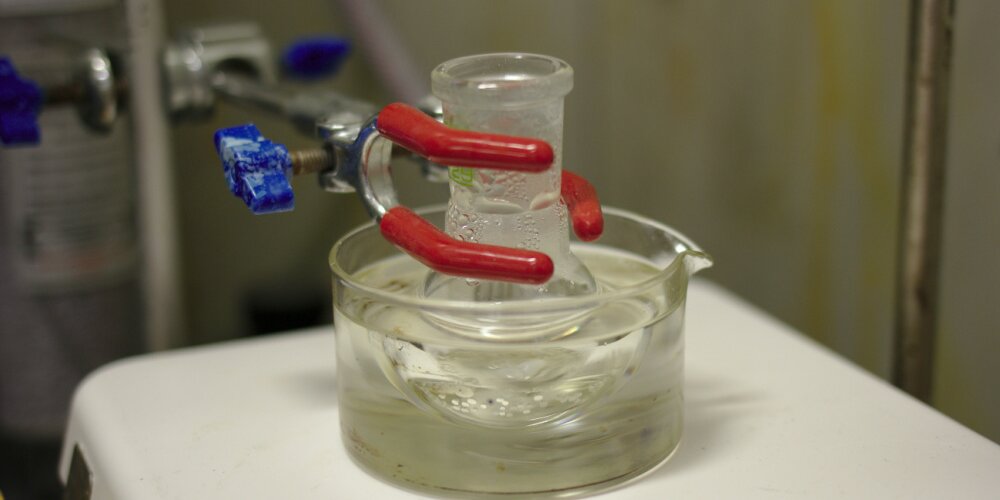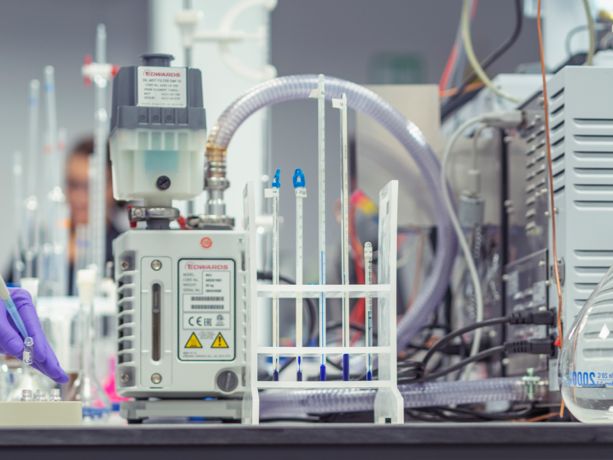Researchers Discover New Non-Toxic Method to Produce Graphene Oxide

Scientists at Umeå University have found a new method to produce high quality graphene oxide in a safer, more sustainable way.
Graphene, and graphene oxide, is used across a variety of industries – from electronics and energy storage to biomedical devices and composites. Each of these applications require high-quality graphene to be the most efficient. However, previous methods of production have either resulted in defects, or have been too dangerous to be feasible on a larger scale.
For example, the Brodie method, first pioneered in the 1850s, produces graphene oxide with a nearly defect-free end result – using potassium chlorate to oxidate the carbon-based graphene. However, it’s not widely used (or commercially viable) due to the need for dangerous fuming nitric acid, and explosive by-products like chlorine dioxide.
In contrast, the more commonly used Hummers method is much safer. During this process, scientists introduce additional oxygen molecules to graphene using sulphuric acid, with potassium permanganate and sodium nitrate as catalysts for the reaction. Unfortunately, introducing heteroatoms (any atom that isn’t carbon or hydrogen) causes defects in the resultant graphene oxide – which is then transferred to any graphene products you wish to make.
Therein lies the problem; and is where Alexandr Talyzin and his research team focused their efforts in creating a new, safer method of graphene oxide production without sacrificing quality or integrity.
During their experimentation, the scientists used a combination of the acid from the Hummers method (H2SO4, a.k.a. sulphuric acid) and the oxidant from the Brodie method (KClO3, or potassium chlorate). This has allowed them to use a simplified synthesis process to produce graphene oxide with minimal defects. The best of both worlds!
According to Talyzin, there are several reasons why the new method (which he proposes should be named after Bartosz Gurzeda, a researcher in the group) should become as popular as the Hummer method in the future of graphene oxide, and graphene production.
For one, defect-free graphene oxide produces superior graphene, which is vital in the preparation and production of protective coatings, membranes, and sensors across a range of industries. Additionally, there has been a recent research trend in exploring what graphene oxide itself can be used for. Layered graphene oxide membranes may have possible applications in water filtration to produce more drinkable water, as well as potential pollutant filtration systems.
The Lab: the UK’s materials testing hub
With a team of metallurgists and NDT specialists, our experts are perfectly positioned to conduct a wide series of material tests and offer you the very best insights on your products and processes.
Contact our team today for an obligation-free consultation and learn how The Lab can help you.
Discover our materials testing services at The Lab
For more valuable insights, industry news and information, discover The Lab’s News and Knowledge Hub…
Researchers Find New Way to Weld Metal Foam Without Compromising the Material | Researchers Observe 'Self-Healing' Metals | Researchers Design a New Class of Materials That Are Both Stiff and Shock Absorbing
- Author
- Dr Holly Edwards
- Date
- 01/05/2024
